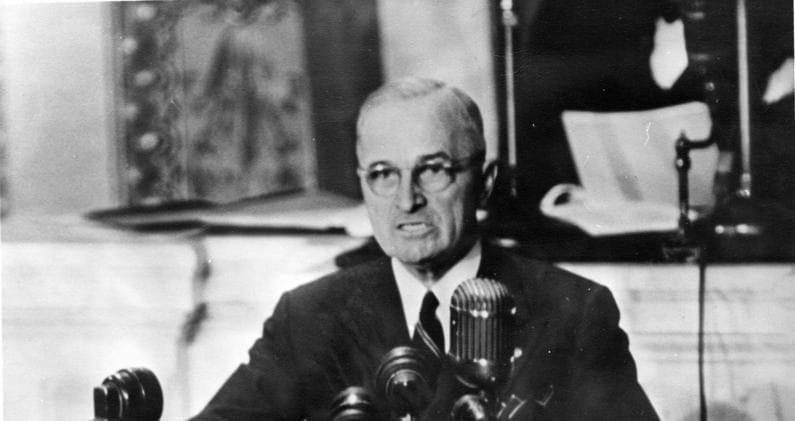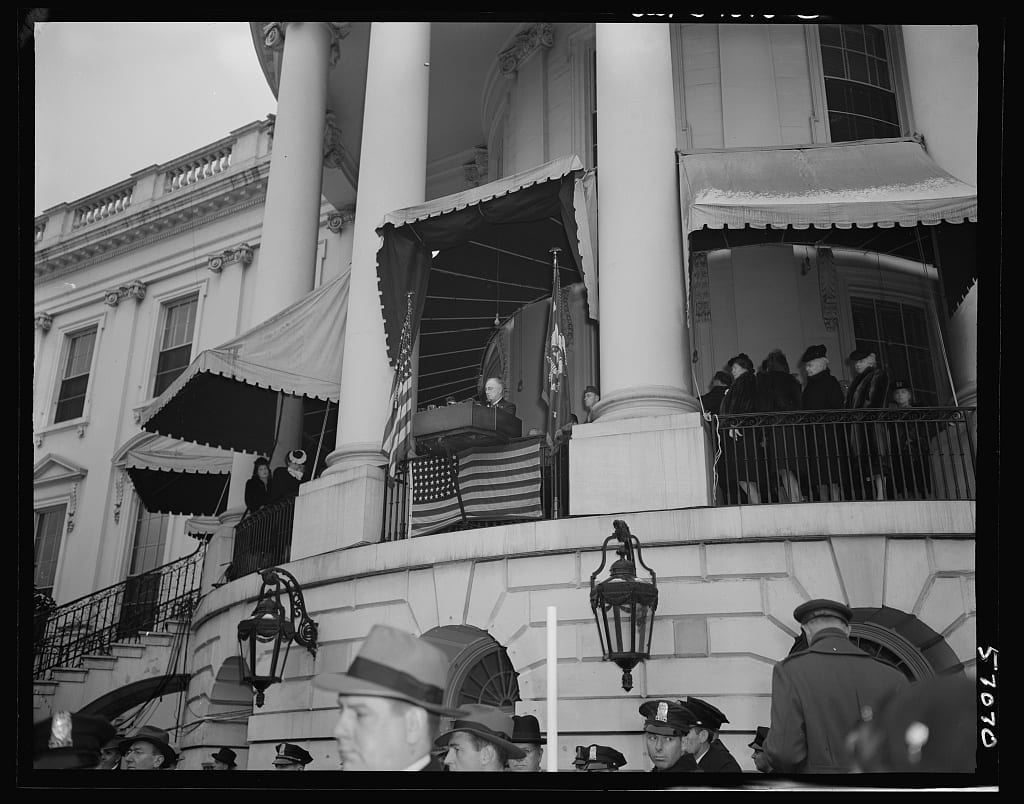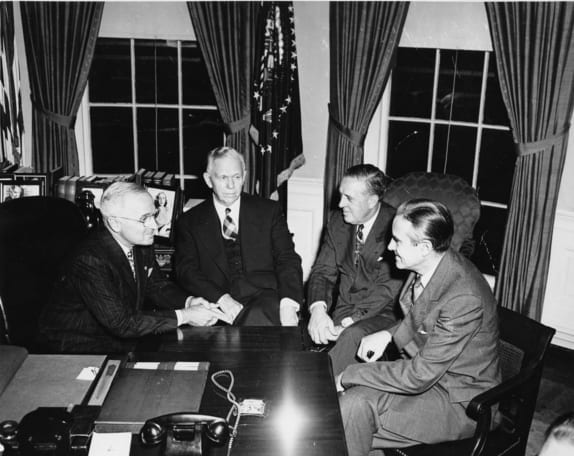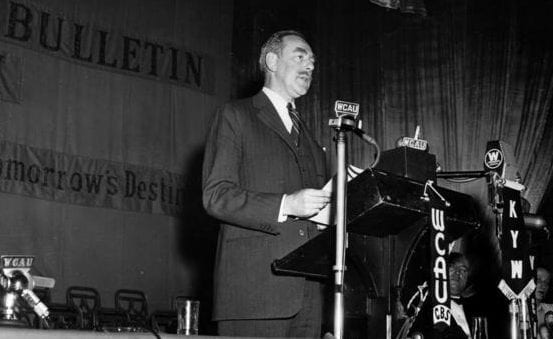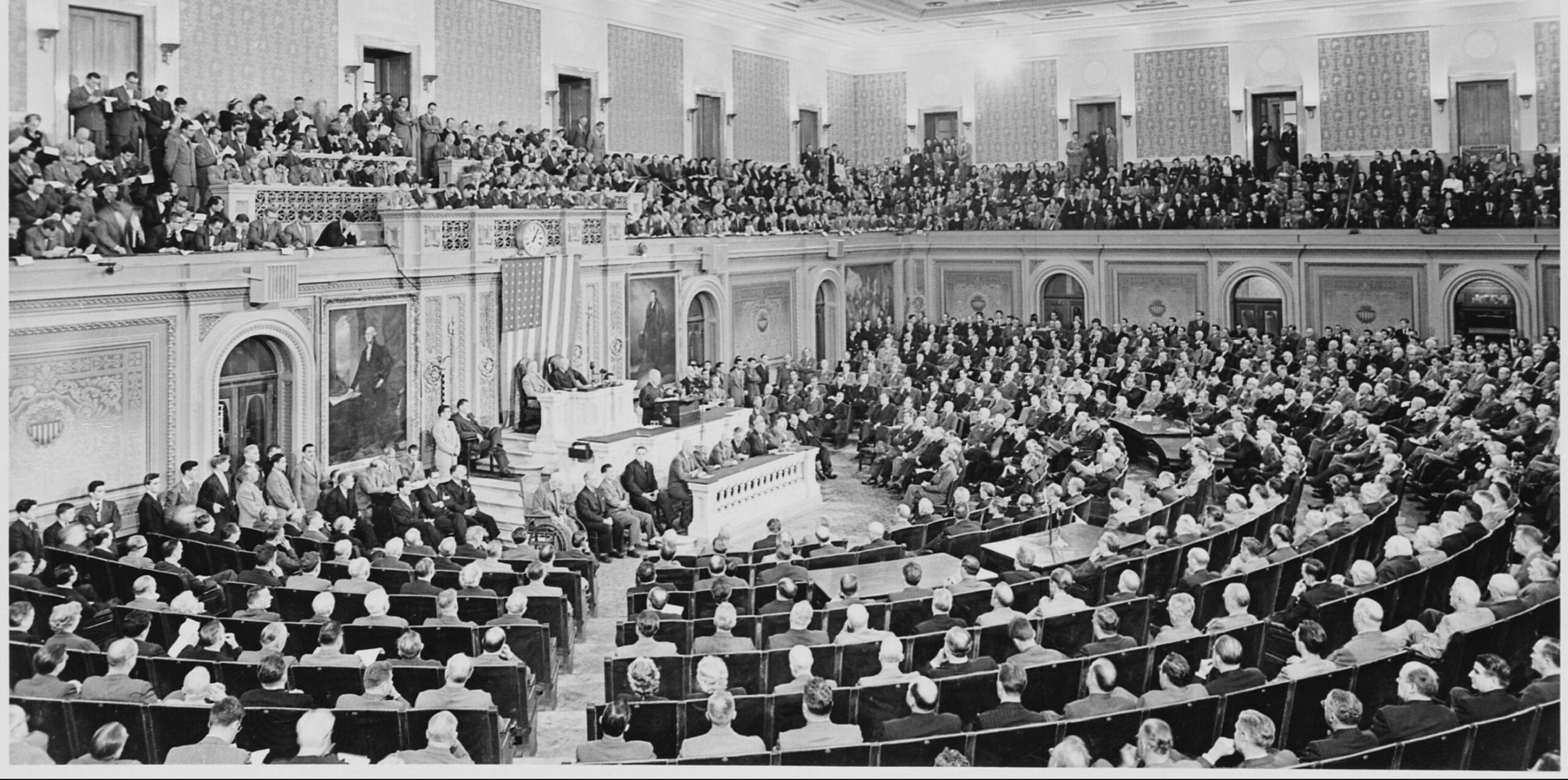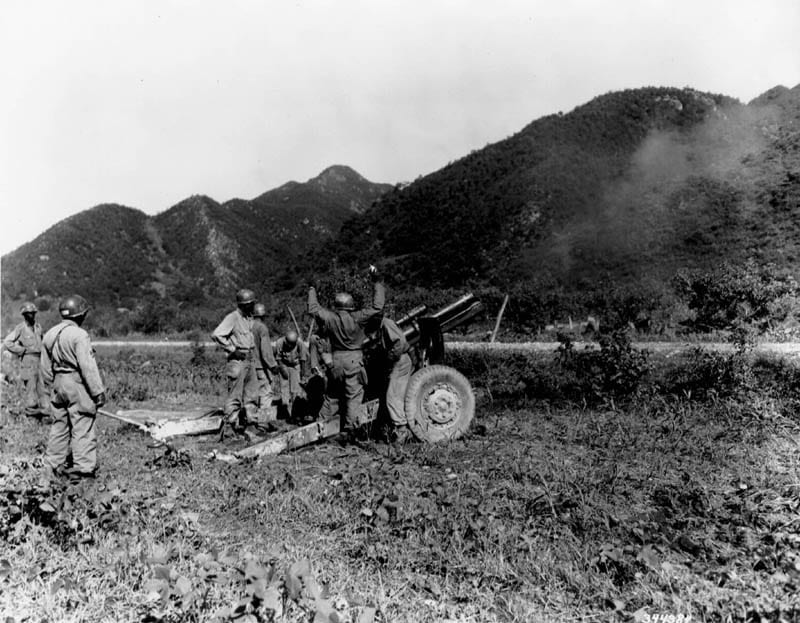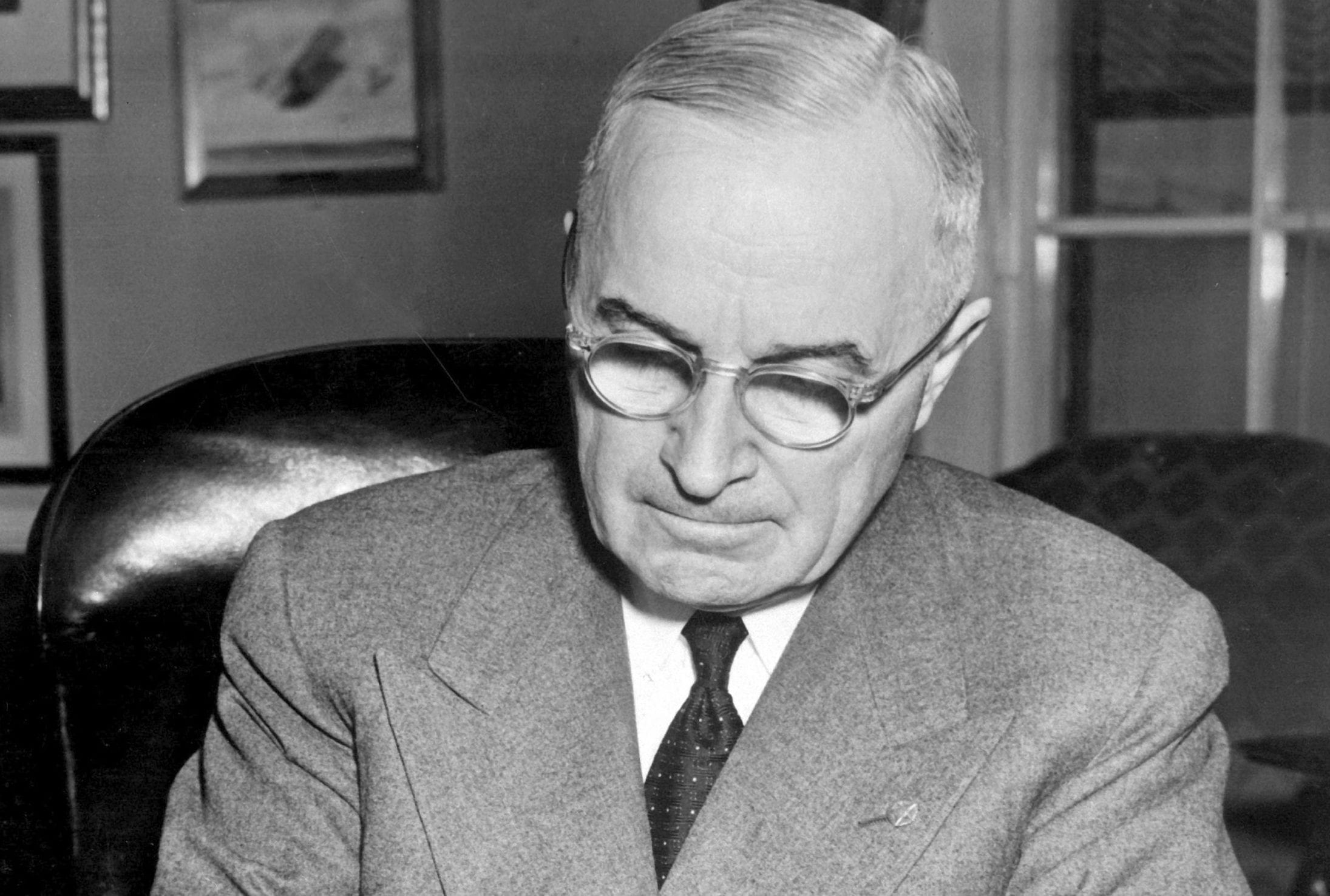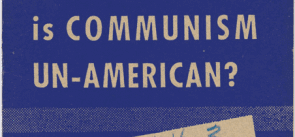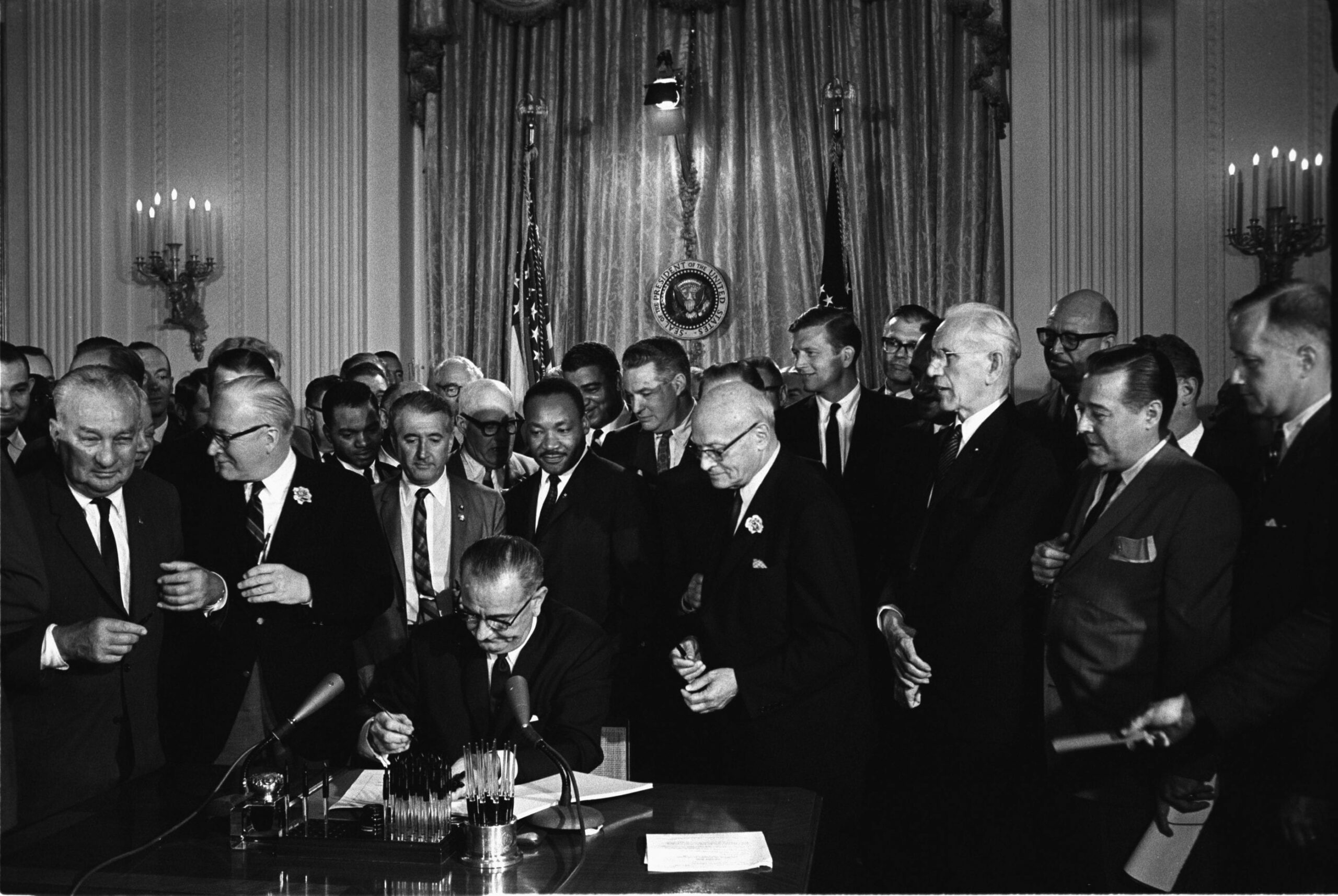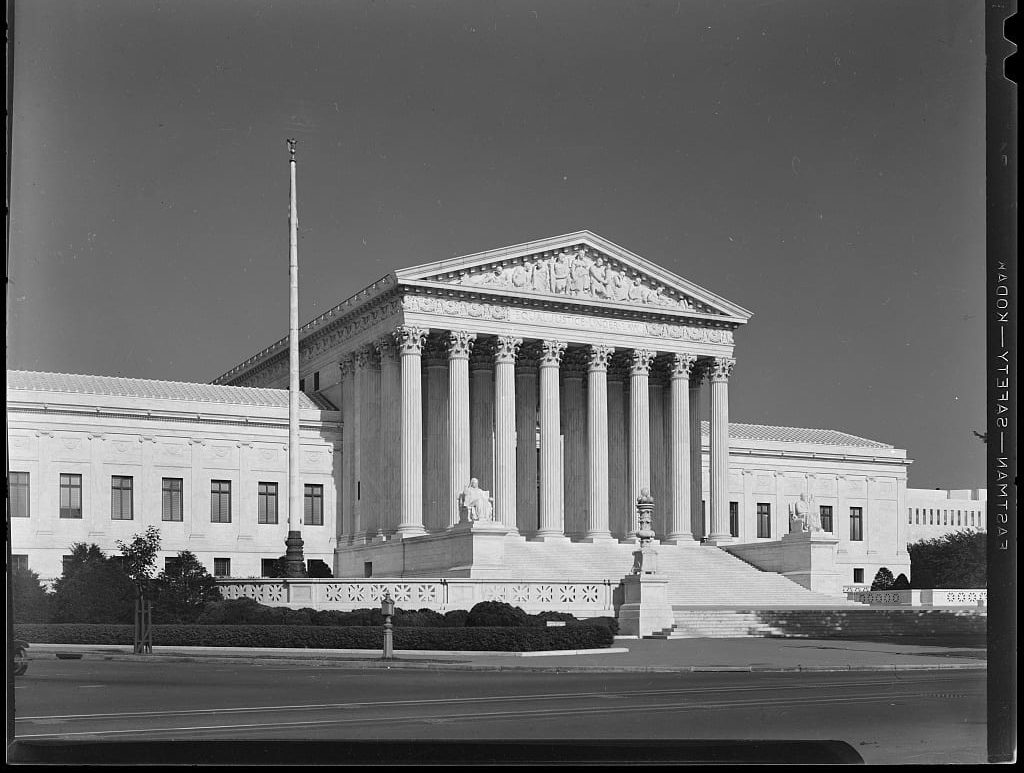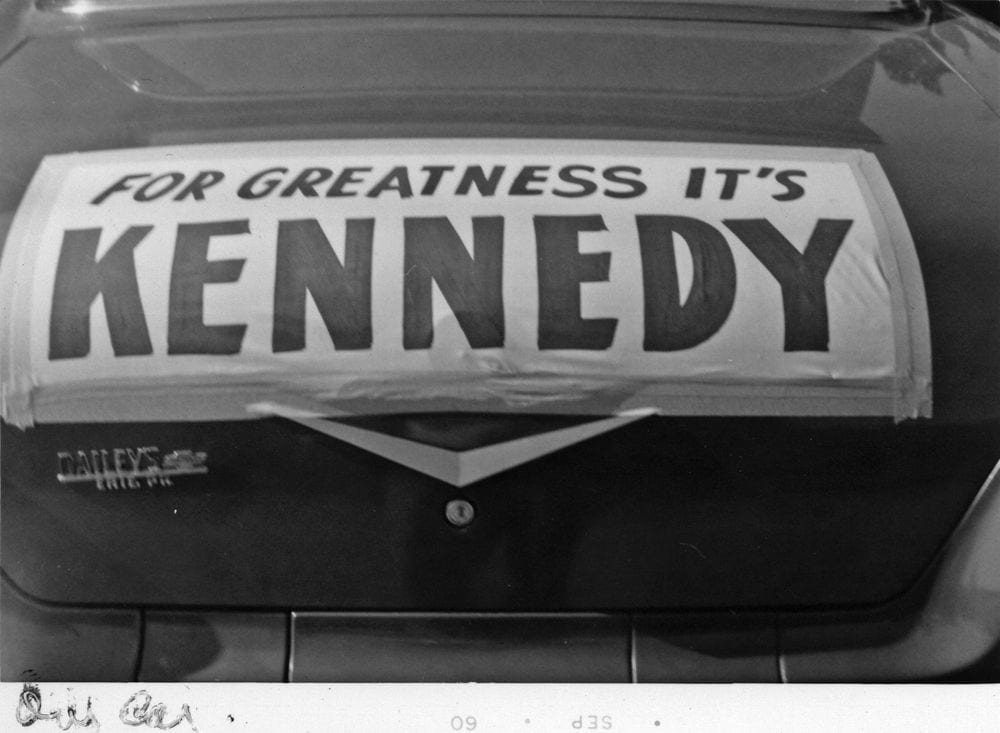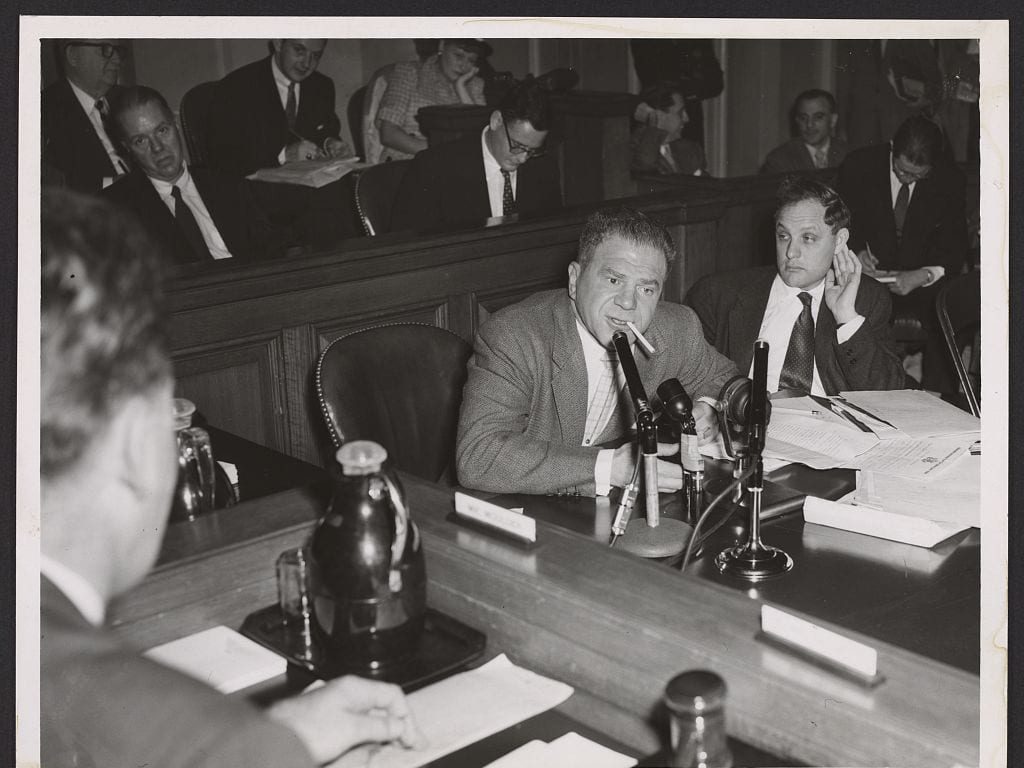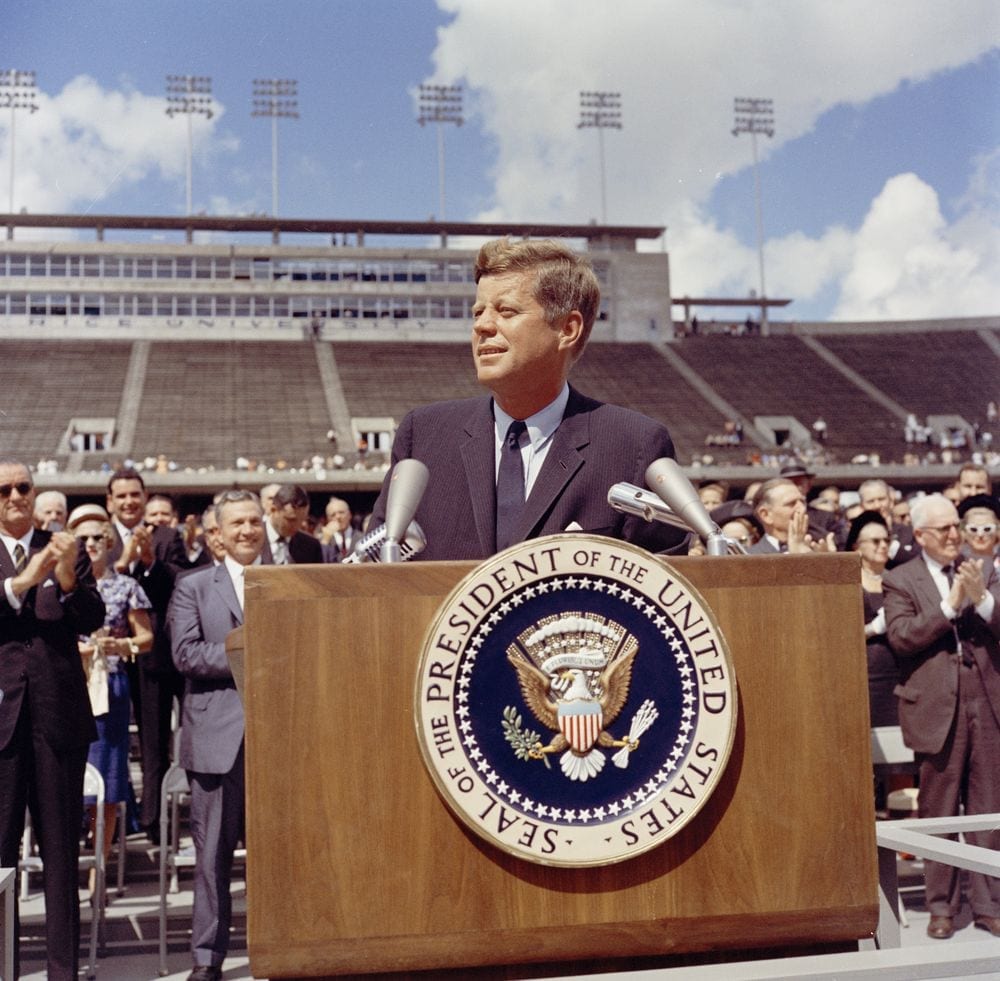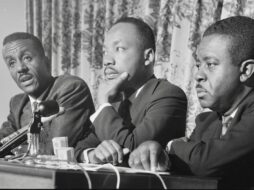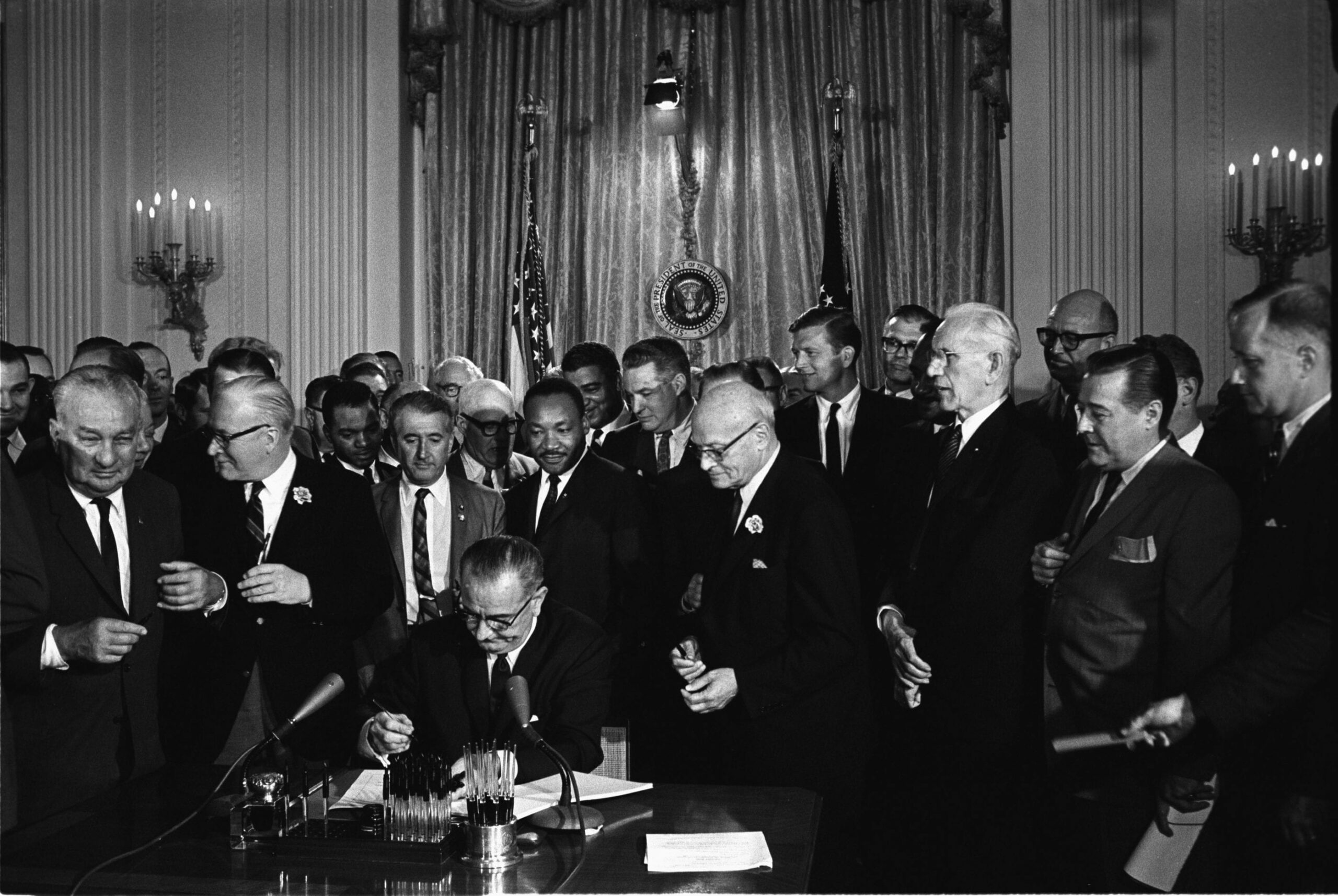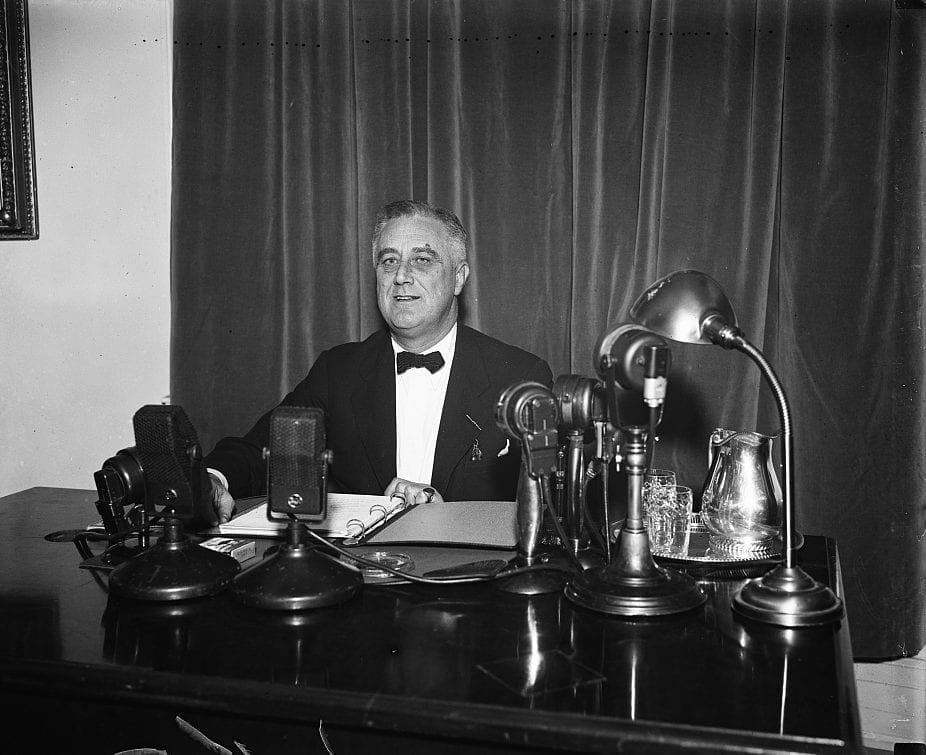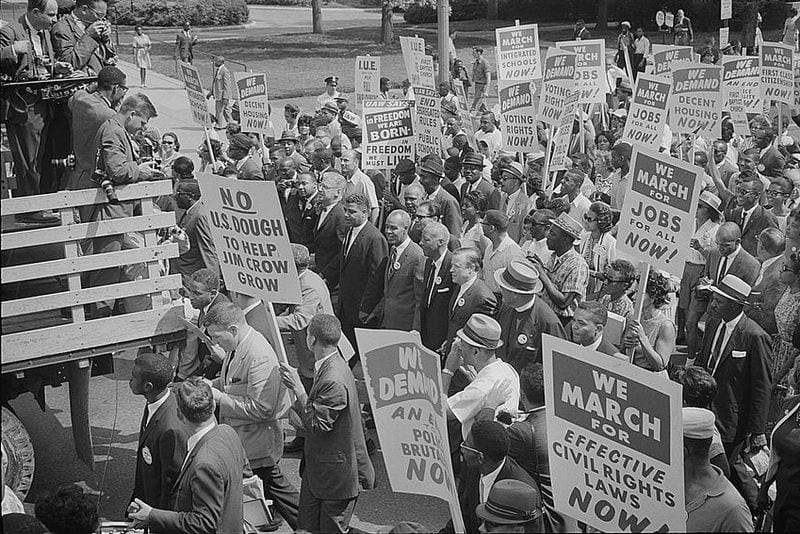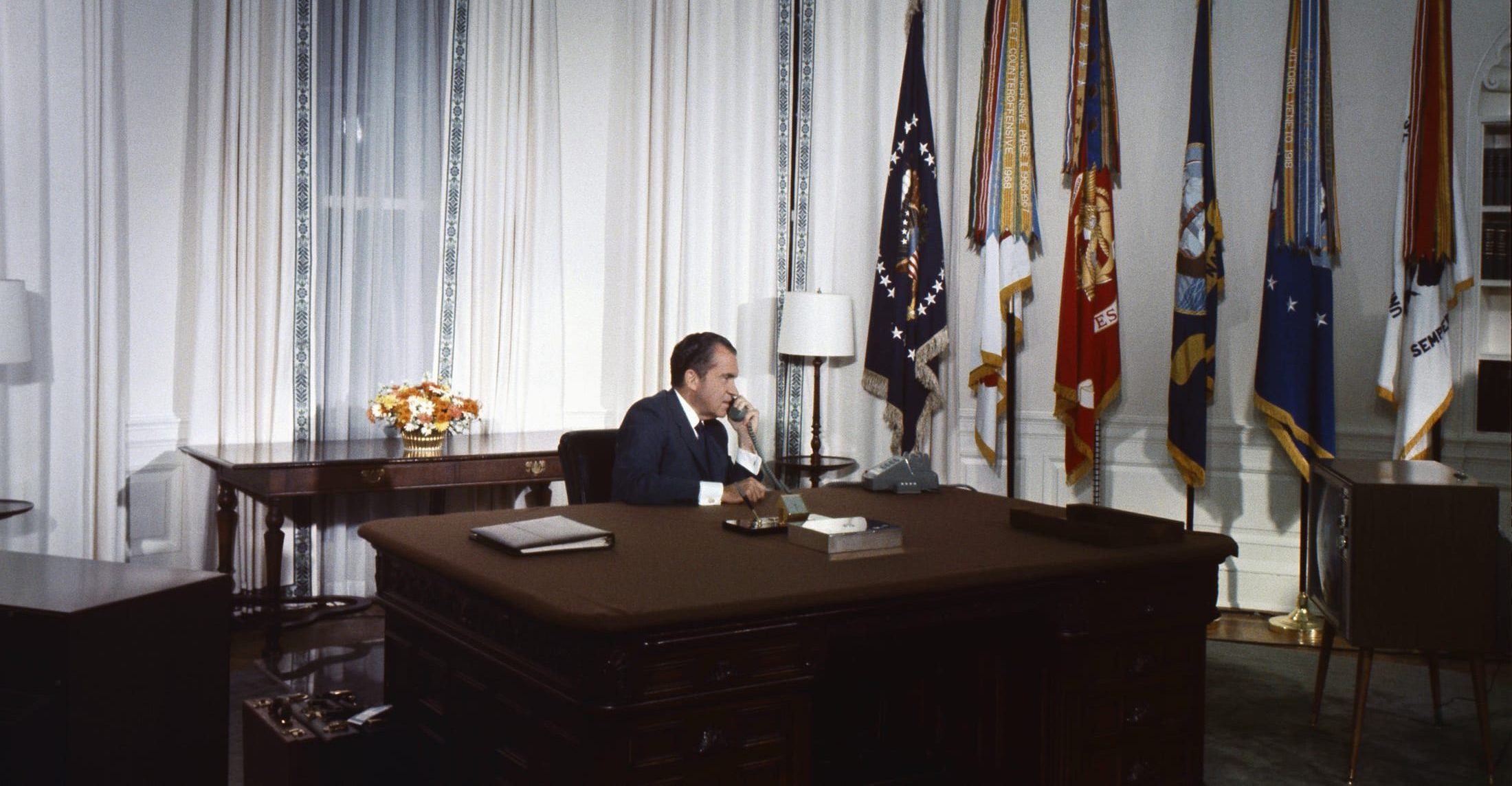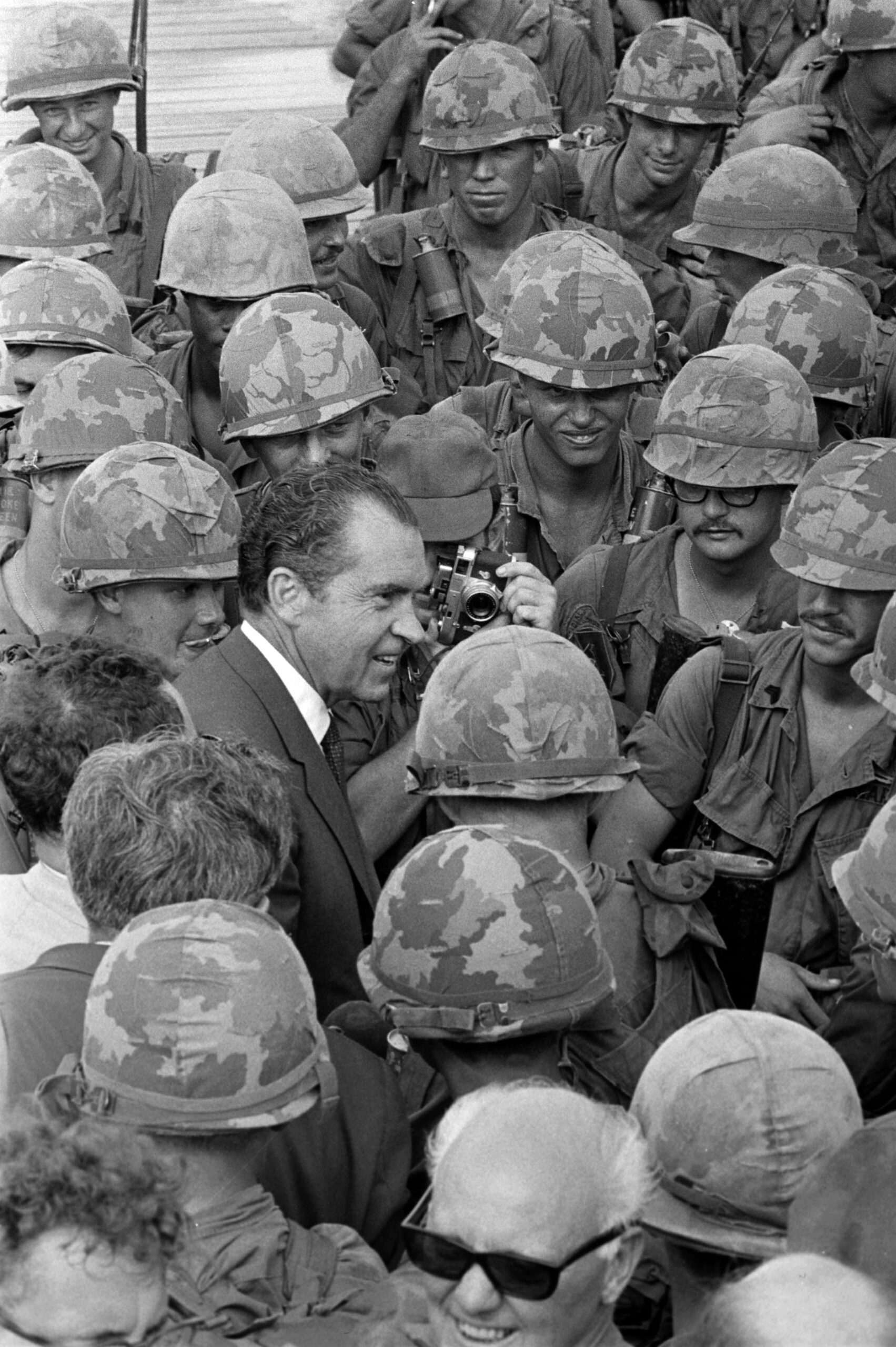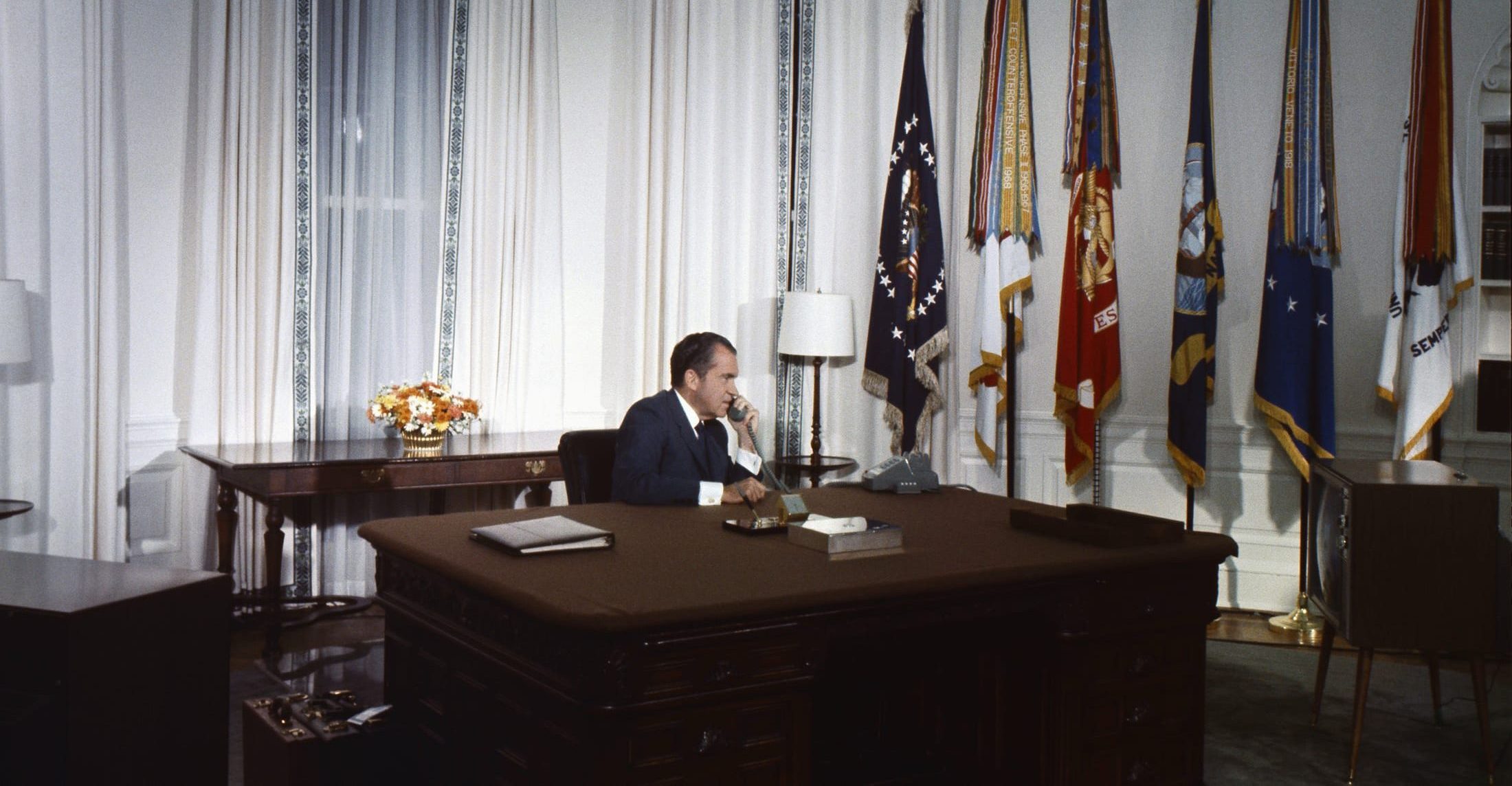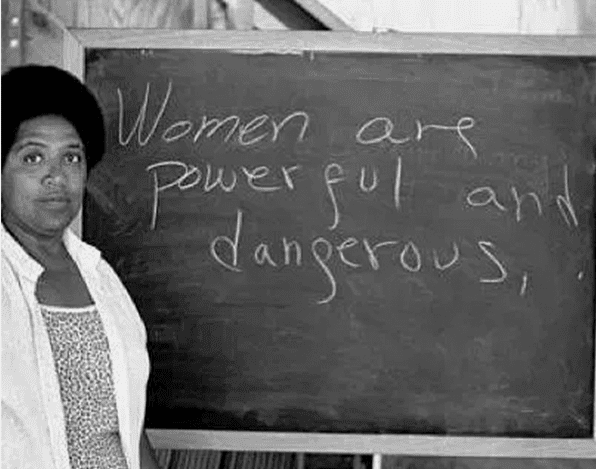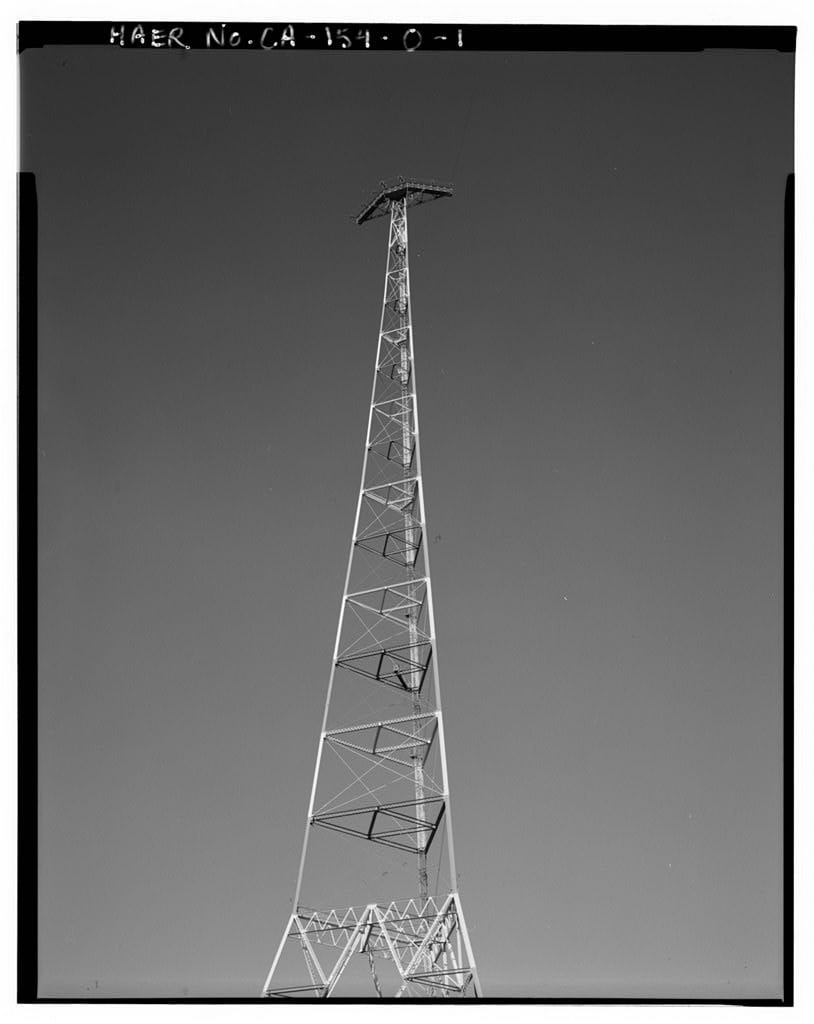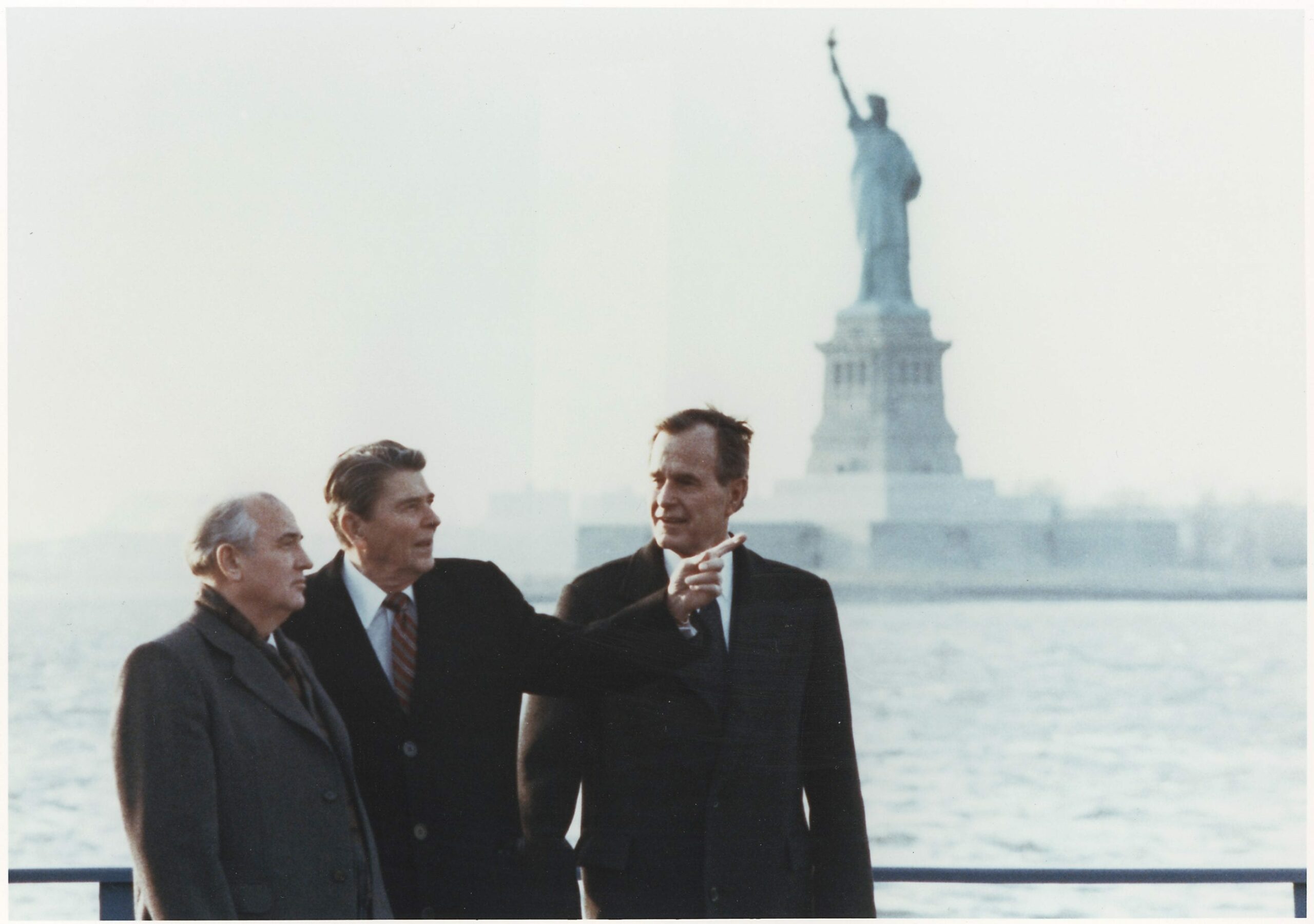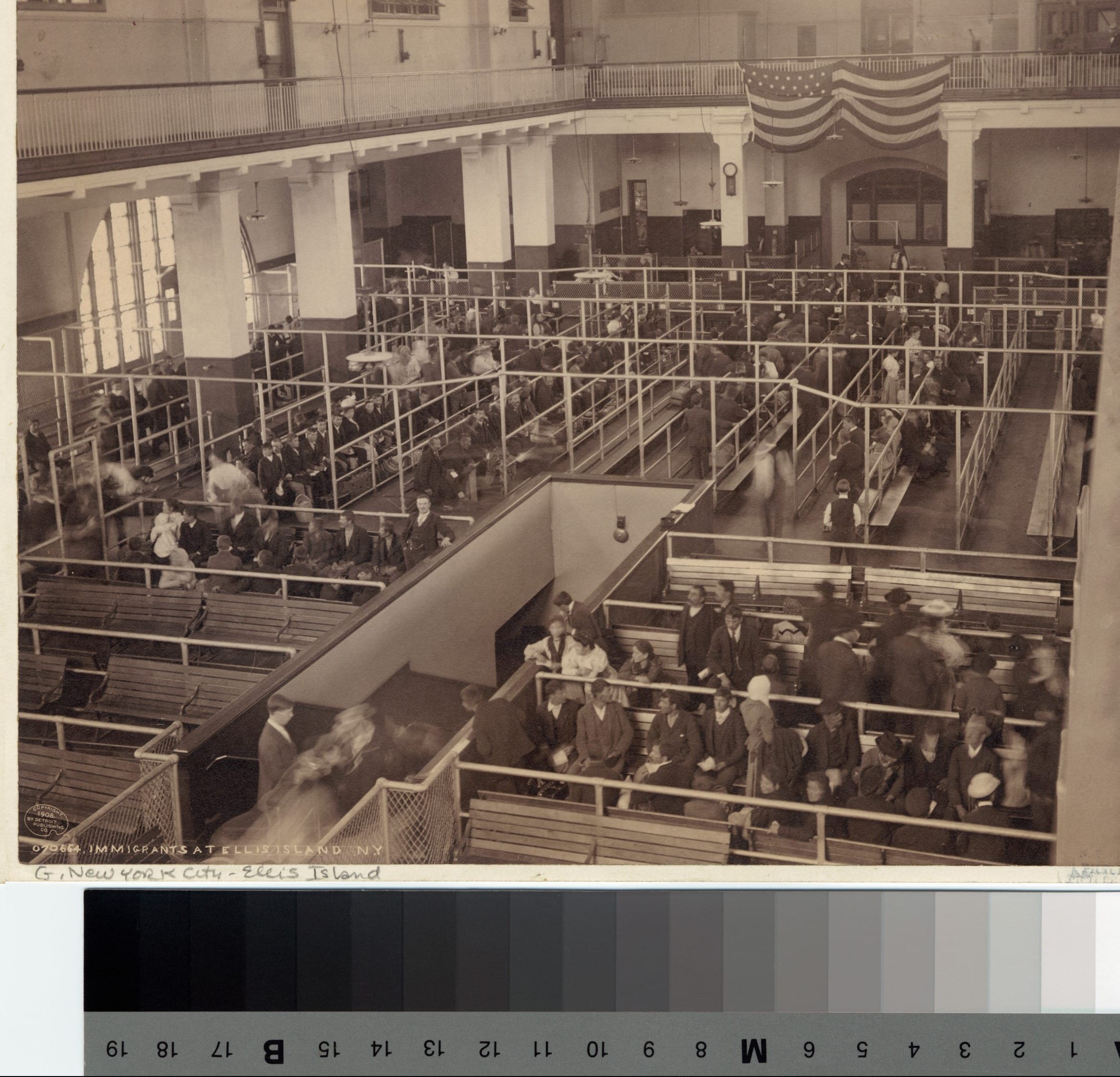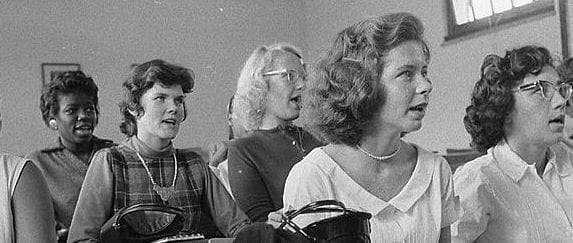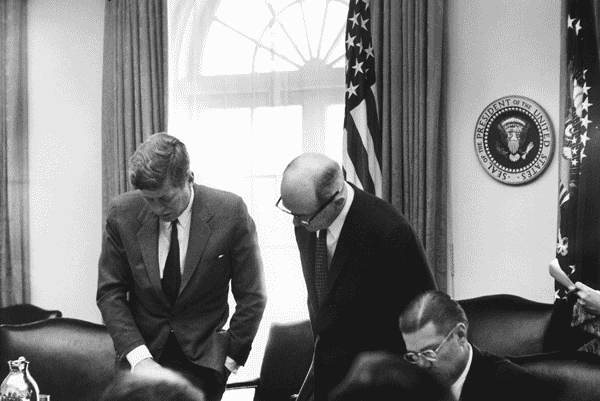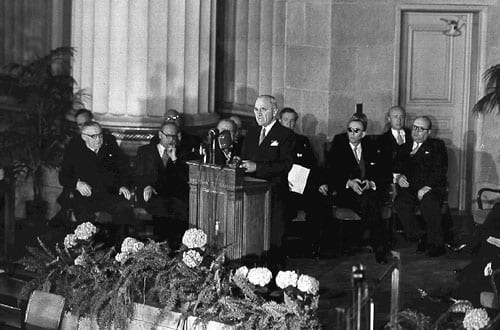
Introduction
Gregory Lee Johnson was the leader of an American Maoist group that protested at the 1984 Republican National Convention in Dallas, Texas, where Ronald Reagan was seeking renomination for president. During the demonstration, someone took down an American flag from a nearby building and handed it to Johnson. At the end of a march, he unfurled the flag, poured kerosene on it, and burned it while the protestors hollered, “America, the red, white, and blue, we spit on you.” Johnson was arrested and fined under a Texas state law that punished flag desecration. The law advanced two interests: to protect the flag as a symbol of nationhood, and to prevent a breach of peace. The case made its way to the Texas Court of Appeals, the highest state court, which ultimately ruled in favor of Johnson. Texas then appealed the decision to the Supreme Court.
In a 5–4 decision, written by Justice William J. Brennan (1906–1997), the Court extended the concept of symbolic speech to cover flag burning as an offensive yet protected expression of dissent. Justice Brennan first distinguished the important symbolic speech precedent of United States v. O’Brien (1968), which refused to extend First Amendment protection to the burning of a draft card, from Johnson’s burning of the flag. Whereas the federal law that prohibited the burning of a draft card was meant to ensure the smooth functioning of armed forces recruitment, Texas’ interest in protecting the flag as a symbol of national unity was related to “the suppression of speech,” and as a result would be subjected to “the most exacting scrutiny.” Texas v. Johnson is further noteworthy as a clear example of the Court’s “preferred freedoms” standard. Justice Rehnquist’s dissent invoked poetry to affirm the patriotic memories and feelings stirred by the flag and the need to honor it as a revered symbol of national unity and public sacrifice. His dissent also contained a poignant reflection about the proper role of the Court in the American constitutional system.
Congress responded to Texas v. Johnson by enacting the Flag Protection Act of 1989. However, relying upon the same reasoning used in Texas v. Johnson, the Supreme Court struck it down in United States v. Eichman (1990).
Source: 491 U.S. 397, https://www.law.cornell.edu/supremecourt/text/491/397.
JUSTICE BRENNAN delivered the opinion of the Court. . . .
. . . We must first determine whether Johnson’s burning of the flag constituted expressive conduct, permitting him to invoke the First Amendment in challenging his conviction. If his conduct was expressive, we next decide whether the state’s regulation is related to the suppression of free expression. See, e.g., United States v. O’Brien (1968). If the state’s regulation is not related to expression, then the less stringent standard we announced in United States v. O’Brien for regulations of noncommunicative conduct controls.[1] If it is, then we are outside of O’Brien’s test, and we must ask whether this interest justifies Johnson’s conviction under a more demanding standard. A third possibility is that the state’s asserted interest is simply not implicated on these facts, and, in that event, the interest drops out of the picture.
The First Amendment literally forbids the abridgment only of “speech,” but we have long recognized that its protection does not end at the spoken or written word. While we have rejected “the view that an apparently limitless variety of conduct can be labeled ‘speech’ ” . . . we have acknowledged that conduct may be “sufficiently imbued with elements of communication to fall within the scope of the First and Fourteenth Amendments” (United States v. O’Brien, 1968; Spence v. Washington, 1974). . . .
Especially pertinent to this case are our decisions recognizing the communicative nature of conduct relating to flags. Attaching a peace sign to the flag (Spence v. Washington, 1974); refusing to salute the flag (Barnette v. West Virginia, 1943); and displaying a red flag (Stromberg v. California, 1931), we have held, all may find shelter under the First Amendment. See also Smith v. Goguen (1974) (treating flag “contemptuously” by wearing pants with small flag sewn into their seat is expressive conduct). That we have had little difficulty identifying an expressive element in conduct relating to flags should not be surprising. The very purpose of a national flag is to serve as a symbol of our country; it is, one might say, “the one visible manifestation of two hundred years of nationhood” (Smith v. Goguen, 1974). . . .
The state of Texas conceded for purposes of its oral argument in this case that Johnson’s conduct was expressive conduct. . . . Johnson burned an American flag as part—indeed, as the culmination—of a political demonstration that coincided with the convening of the Republican Party and its renomination of Ronald Reagan for president. The expressive, overtly political nature of this conduct was both intentional and overwhelmingly apparent. . . . In these circumstances, Johnson’s burning of the flag was conduct “sufficiently imbued with elements of communication” to implicate the First Amendment. . . .
In order to decide whether O’Brien’s test applies here, therefore, we must decide whether Texas has asserted an interest in support of Johnson’s conviction that is unrelated to the suppression of expression. If we find that an interest asserted by the state is simply not implicated on the facts before us, we need not ask whether O’Brien’s test applies. The State offers two separate interests to justify this conviction: preventing breaches of the peace and preserving the flag as a symbol of nationhood and national unity. We hold that the first interest is not implicated on this record, and that the second is related to the suppression of expression.
Texas claims that its interest in preventing breaches of the peace justifies Johnson’s conviction for flag desecration. However, no disturbance of the peace actually occurred or threatened to occur because of Johnson’s burning of the flag. Although the state stresses the disruptive behavior of the protestors during their march toward City Hall, it admits that “no actual breach of the peace occurred at the time of the flag burning or in response to the flag burning.” . . . The only evidence offered by the state at trial to show the reaction to Johnson’s actions was the testimony of several persons who had been seriously offended by the flag burning.
The state’s position, therefore, amounts to a claim that an audience that takes serious offense at particular expression is necessarily likely to disturb the peace, and that the expression may be prohibited on this basis. Our precedents do not countenance such a presumption. On the contrary, they recognize that a principal “function of free speech under our system of government is to invite dispute. It may indeed best serve its high purpose when it induces a condition of unrest, creates dissatisfaction with conditions as they are, or even stirs people to anger” (Terminiello v. Chicago, 1949). . . .
Thus, we have not permitted the government to assume that every expression of a provocative idea will incite a riot, but have instead required careful consideration of the actual circumstances surrounding such expression, asking whether the expression “is directed to inciting or producing imminent lawless action and is likely to incite or produce such action” (Brandenburg v. Ohio, 1969).[2] To accept Texas’ arguments that it need only demonstrate “the potential for a breach of the peace,” and that every flag burning necessarily possesses that potential, would be to eviscerate our holding in Brandenburg. This we decline to do.
Nor does Johnson’s expressive conduct fall within that small class of “fighting words” that are “likely to provoke the average person to retaliation, and thereby cause a breach of the peace” (Chaplinsky v. New Hampshire, 1942).[3] No reasonable onlooker would have regarded Johnson’s generalized expression of dissatisfaction with the policies of the federal government as a direct personal insult or an invitation to exchange fisticuffs.
We thus conclude that the state’s interest in maintaining order is not implicated on these facts. . . .
The state also asserts an interest in preserving the flag as a symbol of nationhood and national unity. In Spence, we acknowledged that the government’s interest in preserving the flag’s special symbolic value “is directly related to expression in the context of activity” such as affixing a peace symbol to a flag. We are equally persuaded that this interest is related to expression in the case of Johnson’s burning of the flag. The state, apparently, is concerned that such conduct will lead people to believe either that the flag does not stand for nationhood and national unity, but instead reflects other, less positive concepts, or that the concepts reflected in the flag do not in fact exist; that is, that we do not enjoy unity as a nation. These concerns blossom only when a person’s treatment of the flag communicates some message, and thus are related “to the suppression of free expression” within the meaning of O’Brien. We are thus outside of O’Brien’s test altogether.
It remains to consider whether the state’s interest in preserving the flag as a symbol of nationhood and national unity justifies Johnson’s conviction. . . .
. . . Johnson’s political expression was restricted because of the content of the message he conveyed. We must therefore subject the state’s asserted interest in preserving the special symbolic character of the flag to “the most exacting scrutiny” (Boos v. Barry, 1988).
Texas argues that its interest in preserving the flag as a symbol of nationhood and national unity survives this close analysis. Quoting extensively from the writings of this Court chronicling the flag’s historic and symbolic role in our society, the state emphasizes the “special place”‘ reserved for the flag in our nation. . . .
If there is a bedrock principle underlying the First Amendment, it is that the government may not prohibit the expression of an idea simply because society finds the idea itself offensive or disagreeable. See, e.g., Hustler Magazine, Inc. v. Fallwell.
We have not recognized an exception to this principle even where our flag has been involved. . . .
In short, nothing in our precedents suggests that a state may foster its own view of the flag by prohibiting expressive conduct relating to it. . . .
There is, moreover, no indication—either in the text of the Constitution or in our cases interpreting it—that a separate juridical category exists for the American flag alone. . . . We decline, therefore, to create for the flag an exception to the joust of principles protected by the First Amendment. . . .
We are tempted to say, in fact, that the flag’s deservedly cherished place in our community will be strengthened, not weakened, by our holding today. Our decision is a reaffirmation of the principles of freedom and inclusiveness that the flag best reflects, and of the conviction that our toleration of criticism such as Johnson’s is a sign and source of our strength. Indeed, one of the proudest images of our flag, the one immortalized in our own national anthem, is of the bombardment it survived at Fort McHenry. It is the nation’s resilience, not its rigidity, that Texas sees reflected in the flag—and it is that resilience that we reassert today.
The way to preserve the flag’s special role is not to punish those who feel differently about these matters. It is to persuade them that they are wrong. . . . And, precisely because it is our flag that is involved, one’s response to the flag burner may exploit the uniquely persuasive power of the flag itself. We can imagine no more appropriate response to burning a flag than waving one’s own, no better way to counter a flag burner’s message than by saluting the flag that burns, no surer means of preserving the dignity even of the flag that burned than by—as one witness here did—according its remains a respectful burial. We do not consecrate the flag by punishing its desecration, for in doing so we dilute the freedom that this cherished emblem represents.
Johnson was convicted for engaging in expressive conduct. The state’s interest in preventing breaches of the peace does not support his conviction, because Johnson’s conduct did not threaten to disturb the peace. Nor does the state’s interest in preserving the flag as a symbol of nationhood and national unity justify his criminal conviction for engaging in political expression. The judgment of the Texas Court of Criminal Appeals is therefore
Affirmed.
CHIEF JUSTICE REHNQUIST, with whom JUSTICE WHITE and JUSTICE O’CONNOR join, dissenting.
In holding this Texas statute unconstitutional, the Court ignores Justice Holmes’ familiar aphorism that “a page of history is worth a volume of logic” (New York Trust Co. v. Eisner, 1921). For more than two hundred years, the American flag has occupied a unique position as the symbol of our nation, a uniqueness that justifies a governmental prohibition against flag burning in the way respondent Johnson did here. . . .
[Justice Rehnquist provided a history of the flag, and included extensive citations or poetry written about it.]
The American flag, then, throughout more than two hundred years of our history, has come to be the visible symbol embodying our nation. It does not represent the views of any particular political party, and it does not represent any particular political philosophy. The flag is not simply another “idea” or “point of view” competing for recognition in the marketplace of ideas. Millions and millions of Americans regard it with an almost mystical reverence, regardless of what sort of social, political, or philosophical beliefs they may have. I cannot agree that the First Amendment invalidates the act of Congress, and the laws of forty-eight of the fifty states, which make criminal the public burning of the flag. . . .
. . . As with “fighting words,” so with flag burning, for purposes of the First Amendment: It is “no essential part of any exposition of ideas, and [is] of such slight social value as a step to truth that any benefit that may be derived from [it] is clearly outweighed” by the public interest in avoiding a probable breach of the peace.[4] The highest courts of several states have upheld state statutes prohibiting the public burning of the flag on the grounds that it is so inherently inflammatory that it may cause a breach of public order. See, e.g., State v. Loyal (1973).
. . . The Texas statute deprived Johnson of only one rather inarticulate symbolic form of protest—a form of protest that was profoundly offensive to many—and left him with a full panoply of other symbols and every conceivable form of verbal expression to express his deep disapproval of national policy. Thus, in no way can it be said that Texas is punishing him because his hearers—or any other group of people—were profoundly opposed to the message that he sought to convey. Such opposition is no proper basis for restricting speech or expression under the First Amendment. It was Johnson’s use of this particular symbol, and not the idea that he sought to convey by it or by his many other expressions, for which he was punished. . . .
The Court concludes its opinion with a regrettably patronizing civics lecture, presumably addressed to the members of both Houses of Congress, the members of the forty-eight state legislatures that enacted prohibitions against flag burning, and the troops fighting under that flag in Vietnam who objected to its being burned: “The way to preserve the flag’s special role is not to punish those who feel differently about these matters. It is to persuade them that they are wrong.” The Court’s role as the final expositor of the Constitution is well established, but its role as a platonic guardian admonishing those responsible to public opinion as if they were truant schoolchildren has no similar place in our system of government. The cry of “no taxation without representation” animated those who revolted against the English Crown to found our nation—the idea that those who submitted to government should have some say as to what kind of laws would be passed. Surely one of the high purposes of a democratic society is to legislate against conduct that is regarded as evil and profoundly offensive to the majority of people—whether it be murder, embezzlement, pollution, or flag burning.
Our Constitution wisely places limits on powers of legislative majorities to act, but the declaration of such limits by this Court “is, at all times, a question of much delicacy, which ought seldom, if ever, to be decided in the affirmative, in a doubtful case” (Fletcher v. Peck, 1810). Uncritical extension of constitutional protection to the burning of the flag risks the frustration of the very purpose for which organized governments are instituted. The Court decides that the American flag is just another symbol, about which not only must opinions pro and con be tolerated, but for which the most minimal public respect may not be enjoined. The government may conscript men into the armed forces where they must fight and perhaps die for the flag, but the government may not prohibit the public burning of the banner under which they fight. I would uphold the Texas statute as applied in this case.
- 1. The “O’Brien standard” as announced in that case: “We think it clear that a government regulation is sufficiently justified if it is within the constitutional power of the government; if it furthers an important or substantial governmental interest; if the governmental interest is unrelated to the suppression of free expression; and if the incidental restriction on alleged First Amendment freedoms is no greater than is essential to the furtherance of that interest.”
- 2. Brandenburg v. Ohio.
- 3. Chaplinsky v. State of New Hampshire
- 4. Chaplinsky v. State of New Hampshire

Conversation-based seminars for collegial PD, one-day and multi-day seminars, graduate credit seminars (MA degree), online and in-person.








